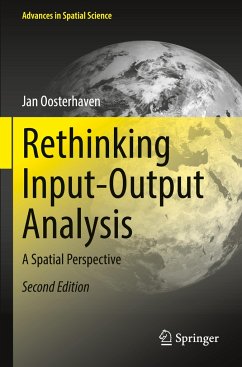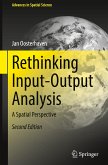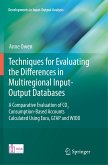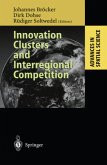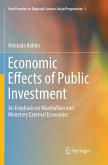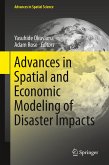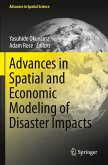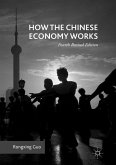This textbook helps students to understand the social, economic, and environmental importance of the mutual relations between industries in the same and in different regions and nations and demonstrates how to model these relations using regional, interregional, and international input-output (IO) models. It enables readers to extend these basic IO models with endogenous household expenditures, to employ supply-use tables (SUTs) that explicitly distinguish the products used and sold by industry, and to use social accounting matrices (SAMs) that detail the generation, redistribution and spending of income. In addition to the standard demand-driven IO quantity model and its accompanying cost-push IO price model, the book also discusses the economic assumptions and usefulness of the supply-driven IO quantity model and its accompanying revenue-pull IO price model. The final chapters highlight three main applications of the IO model: (1) economic impact analysis of negative supplyshocksas caused by, for example, natural disasters, (2) linkages, key sector, and cluster analysis, (3) structural decomposition analysis, especially of regional, interregional, and international growth, and demonstrate the strengths and weaknesses of these IO applications.
Written for graduate students of regional and spatial science as well as for economists and planners, this book provides a better understanding of the foundations, the power, the applicability and the limitations of input-output analysis. The second, completely revised edition expands on updating IO tables, modelling the disaster reconstruction phase, and includes an appendix on the necessary matrix algebra.
Written for graduate students of regional and spatial science as well as for economists and planners, this book provides a better understanding of the foundations, the power, the applicability and the limitations of input-output analysis. The second, completely revised edition expands on updating IO tables, modelling the disaster reconstruction phase, and includes an appendix on the necessary matrix algebra.

